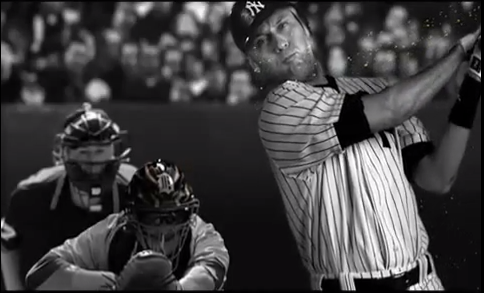This ad attempts to make its car seem tough and manly by plying the viewer's need to aggress, and
The main appeal in this ad is the need to aggress. The advertisers attempt to emasculate the viewer by telling them that they would cry during a hailstorm. It tells them that they can weather storms in a manly way by not bothering with sissy things like roofs. It also uses diction to create the association of toughness. It commands the viewer, telling them to stop crying. Not asking, but telling them. It also uses absolute terms such as 'always open' in bold to emphasize assertiveness and toughness. The bold, large text increases this appeal, as large and bold text exudes an aura of assertiveness and dominance. Also, the text is in all caps, which subconsciously makes the viewer feel like the poster is yelling at the viewer in a masculine way. The simplistic design of the poster and lack of clutter makes the viewer feel more focused on the one message, which makes the message seem all the more clear, direct, and bold.
I thought this ad was moderately effective in its goals. The design of the car seems contradictory to the attempted appeal, however. The car is mini, while stereotypically masculine things are big. It is yellow, which is unrelated to masculinity. Also, convertibles, while not effeminate, are not nearly as masculine as things like trucks.







.JPG)
